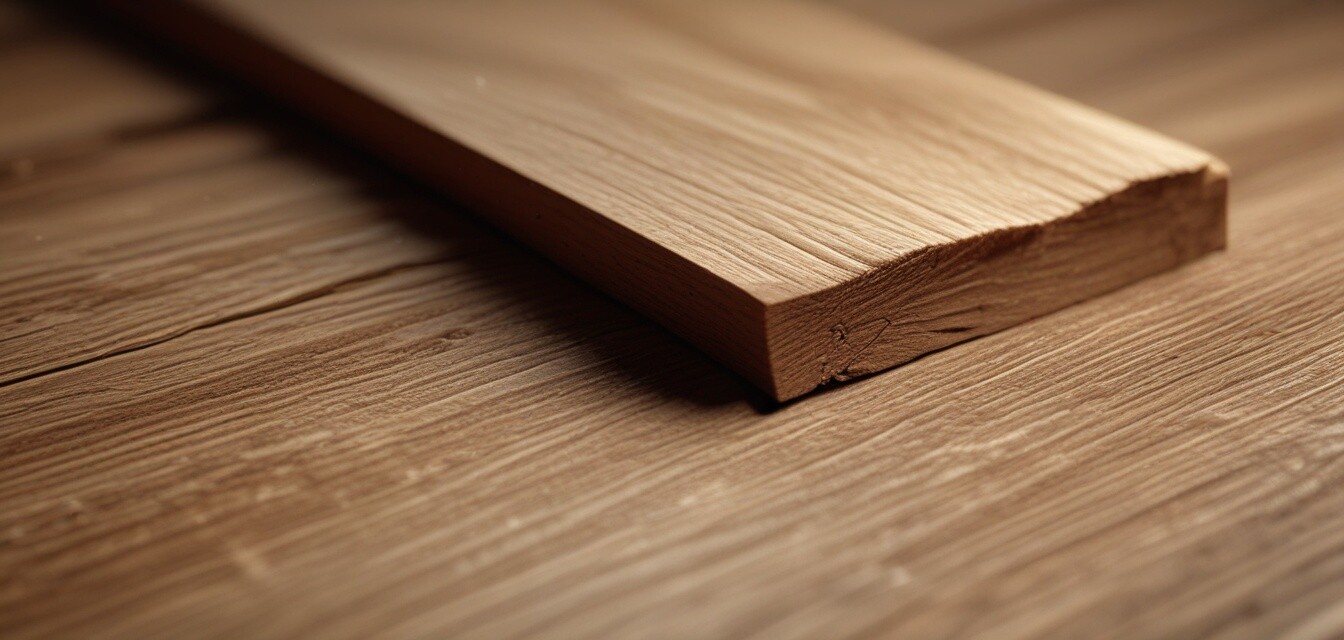
The Benefits of Using Non-Toxic Finishes on Wood
Key Takeaways
- Non-toxic finishes enhance the beauty of wood without harmful chemicals.
- They contribute to a healthier indoor environment by reducing toxic exposure.
- These finishes promote sustainability and are environmentally friendly.
- Non-toxic options are available for all types of wooden projects.
- Regular maintenance of non-toxic finishes can extend the lifespan of wood products.
When it comes to finishing wooden projects, choosing the right type of finish is crucial for the beauty and longevity of the wood. In recent years, non-toxic finishes have gained popularity among homeowners and craftsmen alike. This article delves into the numerous advantages of selecting non-toxic finishes for your wooden items, such as the health benefits for you and your family, the positive impact on the environment, and the overall aesthetics of your projects.
Understanding Non-Toxic Finishes
Non-toxic finishes are designed to protect and enhance wooden surfaces without the use of harmful chemicals. Unlike traditional finishes, which may emit volatile organic compounds (VOCs), non-toxic options are made with natural ingredients that are safe for both users and the environment.
Types of Non-Toxic Finishes
There are several types of non-toxic finishes available, each with unique properties:
- Natural oils: Linseed oil and tung oil are popular choices that penetrate the wood, providing a rich, natural look.
- Beeswax: Often combined with oils, beeswax offers a natural sheen and protection for wooden surfaces.
- Water-based finishes: These finishes dry quickly, have low VOC content, and are easy to clean up.
- Plant-based finishes: Made from renewable resources, these finishes are suitable for eco-conscious consumers.
Health Benefits of Non-Toxic Finishes
One of the most significant advantages of using non-toxic finishes is the health benefits they provide. Here are a few ways they contribute to a healthier living environment:
- Reduced exposure to chemicals: Non-toxic finishes limit the presence of harmful substances in your home, protecting both your health and that of your family.
- Improved indoor air quality: Since these finishes emit fewer VOCs, they help maintain a cleaner atmosphere indoors.
- Safe for children and pets: Non-toxic options ensure that your home is a safe space for everyone, including your furry friends.
Environmental Benefits of Non-Toxic Finishes
Choosing non-toxic finishes also has a positive impact on the environment:
- Less pollution: Natural finishes contribute to lower levels of air and water pollution compared to conventional finishes.
- Sustainable sourcing: Many non-toxic finishes are made from renewable resources, promoting sustainable practices in the wood product industry.
- Biodegradable options: Non-toxic finishes are often biodegradable, reducing waste in landfills.
Pros
- Enhances the natural beauty of wood.
- Safe for indoor use, especially around children and pets.
- Environmentally friendly options are available.
- Supports sustainable practices and responsible sourcing.
Cons
- May require more frequent applications compared to synthetic finishes.
- Some options may have longer drying times.
- Higher initial cost compared to conventional finishes.
Applications of Non-Toxic Finishes
Non-toxic finishes can be used on various wooden products, whether for crafting, home décor, or furniture. Here are a few applications:
- Furniture: Use natural oils or water-based finishes to protect and enhance your wooden furniture pieces.
- Wooden toys: Non-toxic finishes are perfect for ensuring safety in children's toys.
- Home décor: Items such as wooden frames, decor accents, and shelves can benefit from non-toxic finishes.
How to Choose the Right Non-Toxic Finish
Selecting the right non-toxic finish for your project can enhance the overall appearance and durability of your wood items. Here are some tips:
- Determine the desired aesthetic and level of protection needed for your project.
- Research different types of non-toxic finishes and read reviews.
- Consider the intended use of the item; for example, outdoor items may require more durable finishes.
- Test samples on a small area to see how the finish interacts with the wood.
Maintaining Non-Toxic Finishes
Proper care can extend the life of non-toxic finishes and keep your wooden products looking their best:
- Regularly dust surfaces with a soft cloth to remove dirt and debris.
- Use gentle cleaning solutions that won’t harm the finish.
- Reapply the finish as needed, depending on wear and exposure to elements.
Conclusion
Choosing non-toxic finishes for your wooden projects not only contributes to a healthier home but also aligns with sustainable practices that protect our environment. By selecting these finishes, you can enjoy the beauty of wood while making responsible choices that impact your health and the planet positively. Explore our collection of wood finishing products for options that suit your next project.
To learn more about sustainable practices in woodworking, check out our informative articles in the Sustainable Practices category.